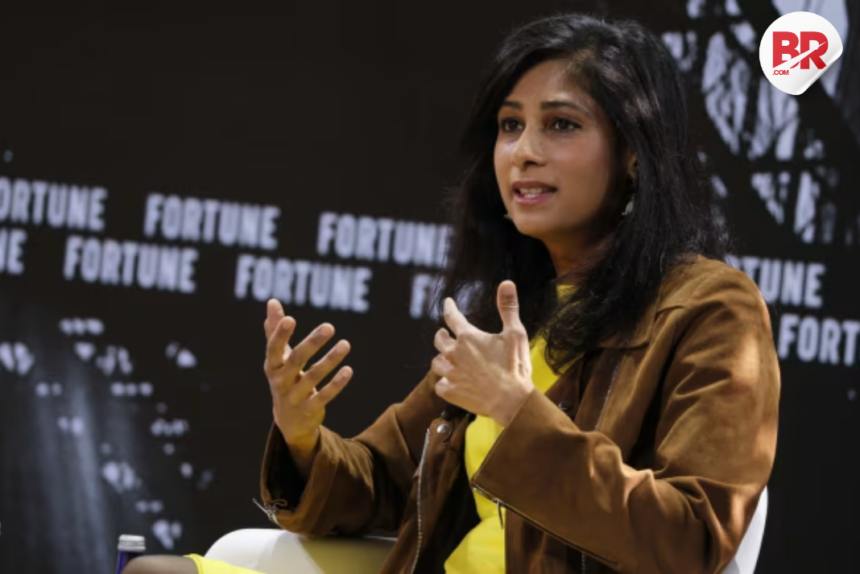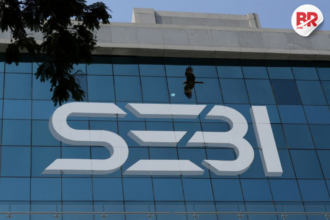
Trump’s trade war is now a bigger threat to emerging markets than Covid-19, says the International Monetary Fund (IMF).
The warning, from IMF First Deputy Managing Director Gita Gopinath, highlights how Donald Trump’s aggressive tariff policies are creating uneven economic pain. Unlike the global slowdown of 2020, this time the shock is split—and much messier.

What does this mean for everyday people in places like India or Brazil?
While prices in the West rise due to tariffs, developing countries are dealing with weak demand, falling currencies, and rising borrowing costs. Imagine trying to fix a sinking boat while someone else controls the water level—that’s where emerging market central banks are right now.
During the pandemic, it was bad everywhere. But at least there was global agreement: slash interest rates, pump money into the system, and support people.
Now? The U.S. is jacking up rates to fight inflation, and emerging markets are stuck in a bind—cut rates and risk capital flight, or raise them and choke growth.
“This time the challenge is going to be greater for them compared to the pandemic,” said Gopinath in an interview with the Financial Times. “During Covid, central banks were moving in the same direction… easing monetary policy very quickly.”
India, for instance, is likely to cut its repo rate again on June 6, according to Business Standard. That would make it three rate cuts in a row this year. It’s a move meant to support struggling domestic demand, even as the U.S. tightens policy.
But it’s not just about India. The OECD recently warned that many emerging economies face capital outflows, currency drops, and higher debt costs if global investors get nervous. OECD source →
And what about the trade war’s root cause? A fragile US-China truce didn’t last long. Trump, accusing Beijing of violating the deal, doubled tariffs on steel and aluminium to 50%. Protectionism is back in full force—right in time for the U.S. election season.
It’s not just about politics anymore. These tariffs are hitting real economies. Factories in Asia, exporters in Africa, and small businesses across Latin America are taking the hit. The result? A tangled mess of inflation, stagnation, and monetary confusion.
Gopinath summed it up as “steering through the fog.” No shared crisis playbook. No clear signals. Just economic fragmentation—and pressure piling up on the world’s most vulnerable economies.
Meanwhile, the average person in an emerging economy might be asking: why does a fight between the U.S. and China mean my loans are more expensive and my job less secure?
It’s a fair question. And the answer, for now, is frustrating: because when global giants fight, the smallest get crushed first.
Also Read Elon Musk Declares War on Trump’s $4 Trillion Bill: “Bankrupting America Is NOT OK!”












